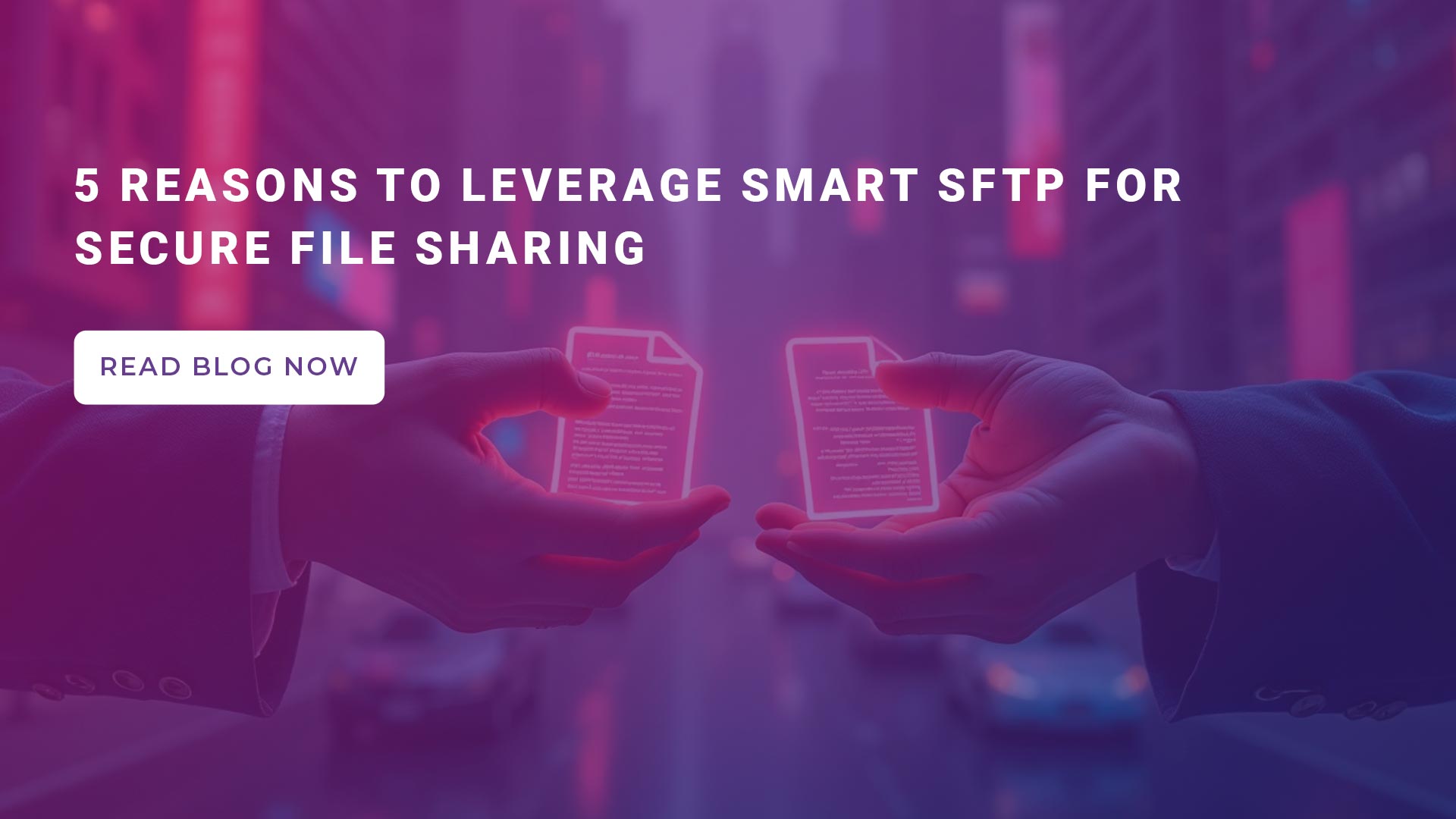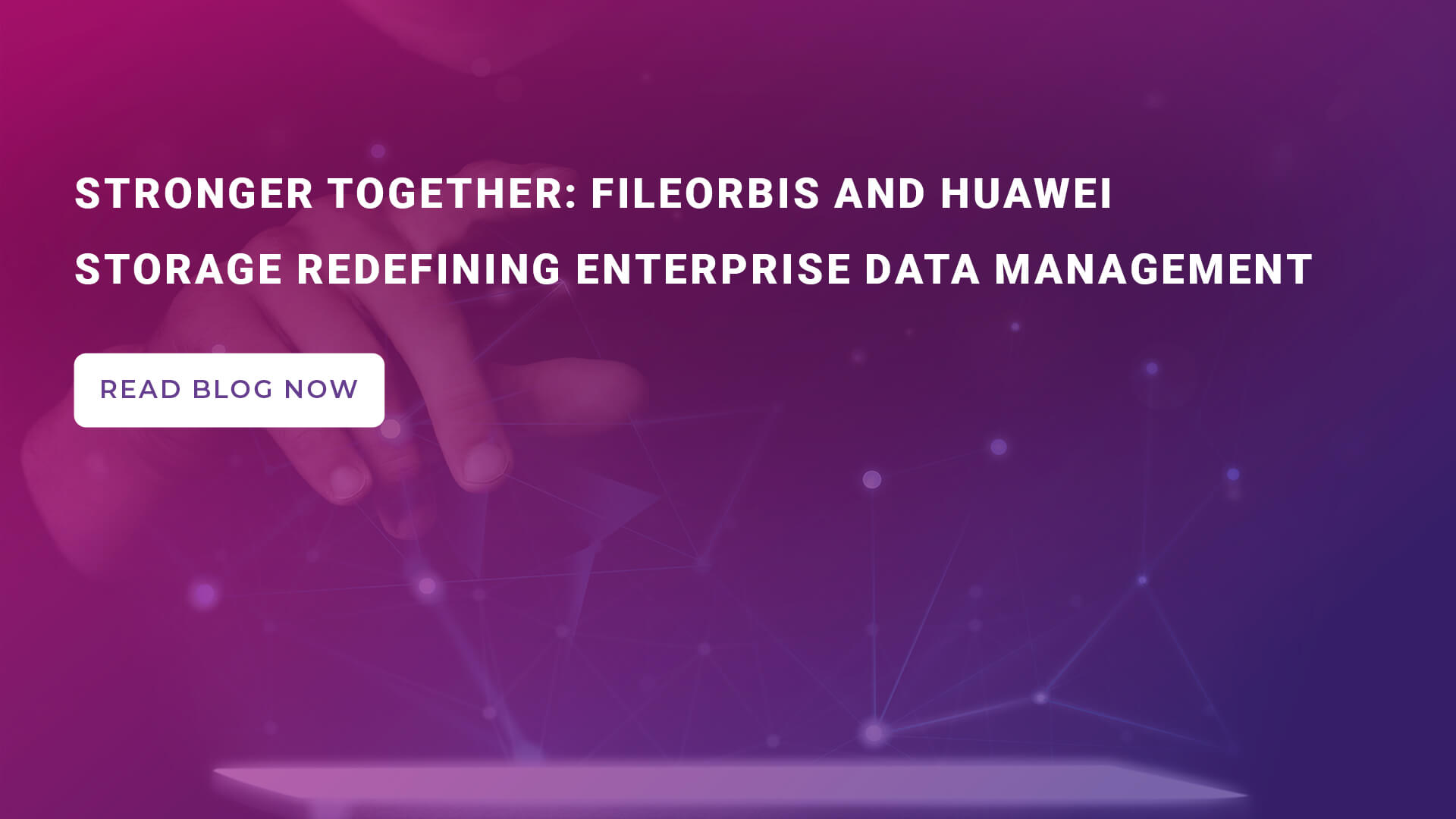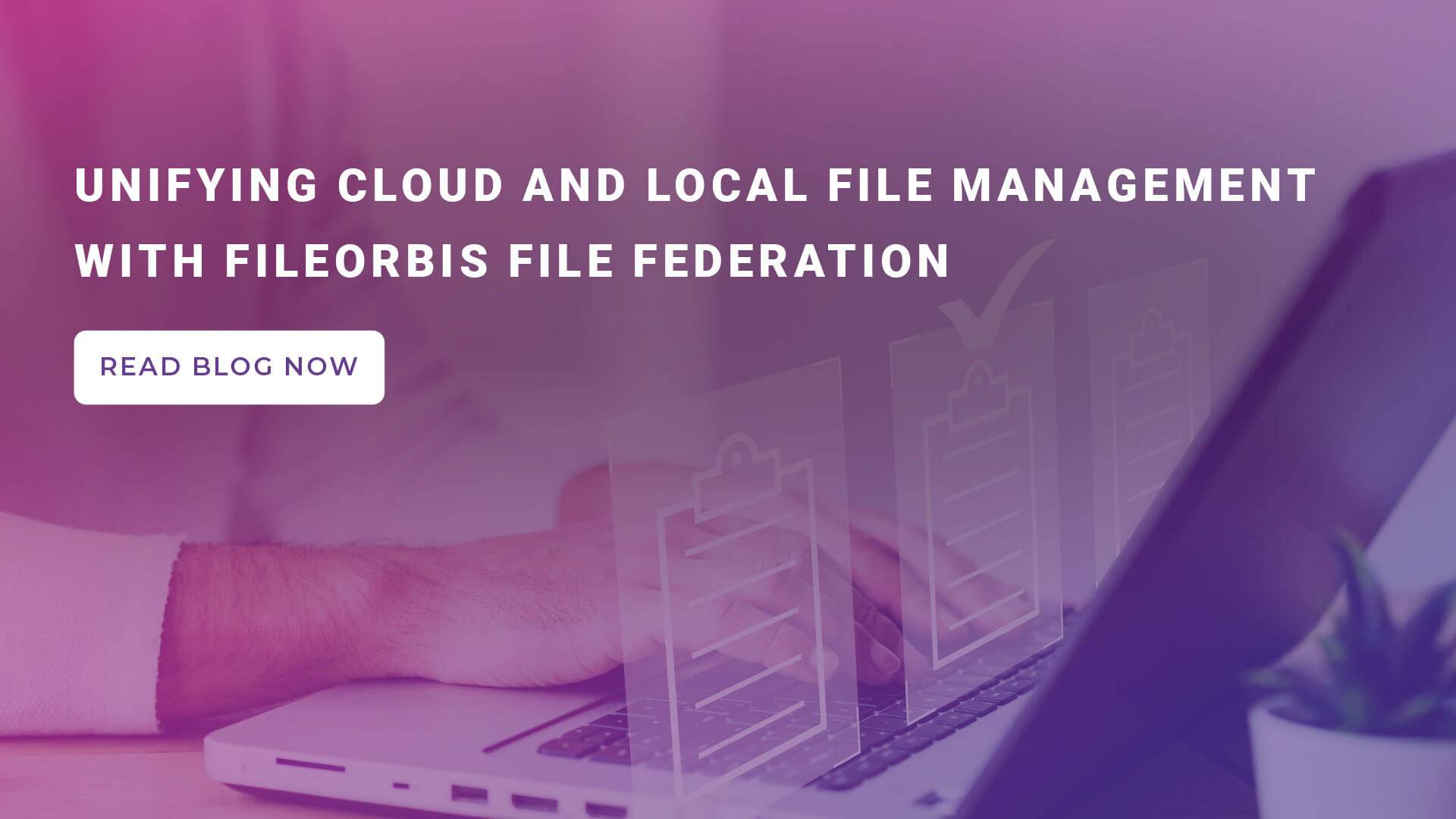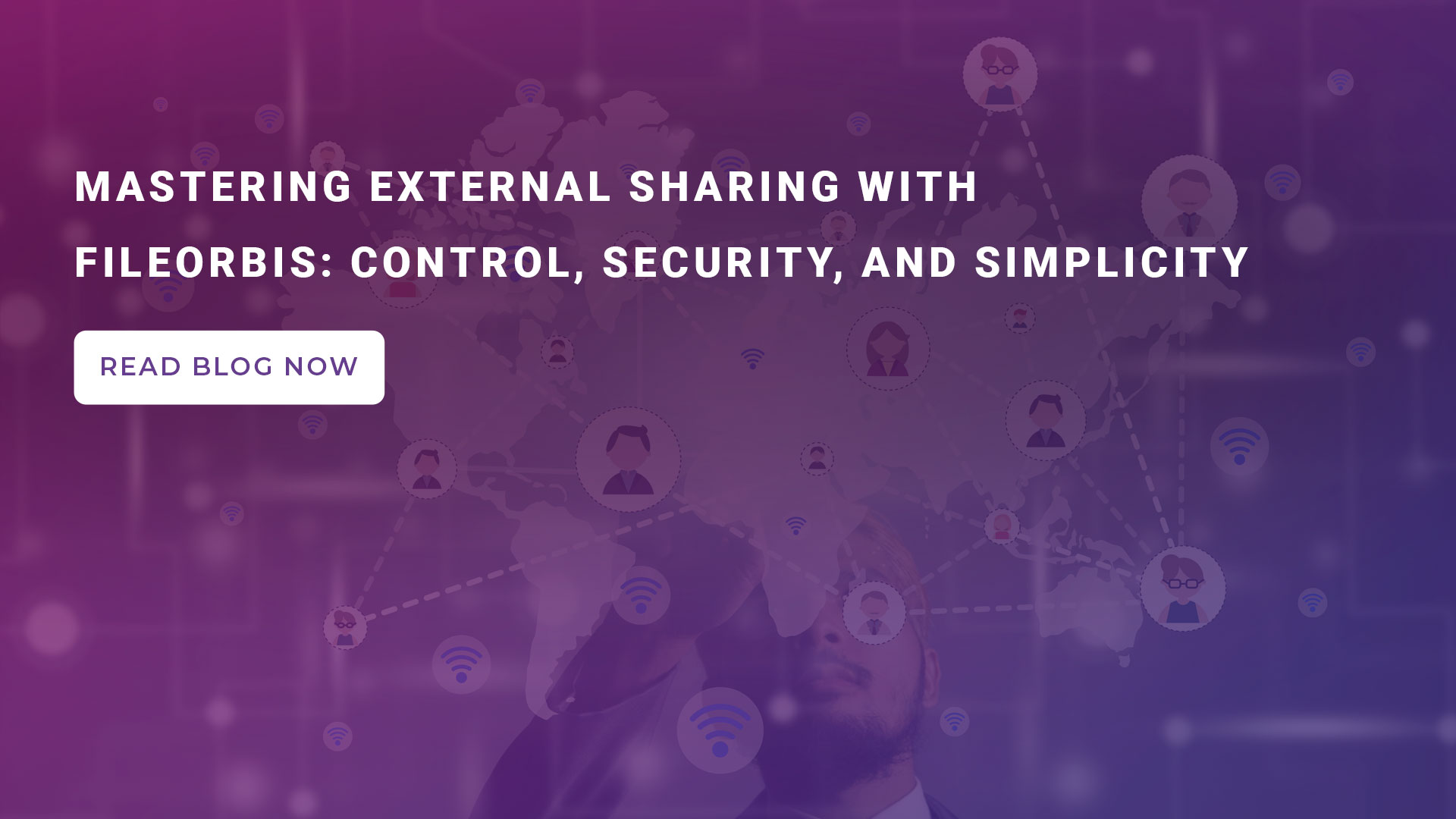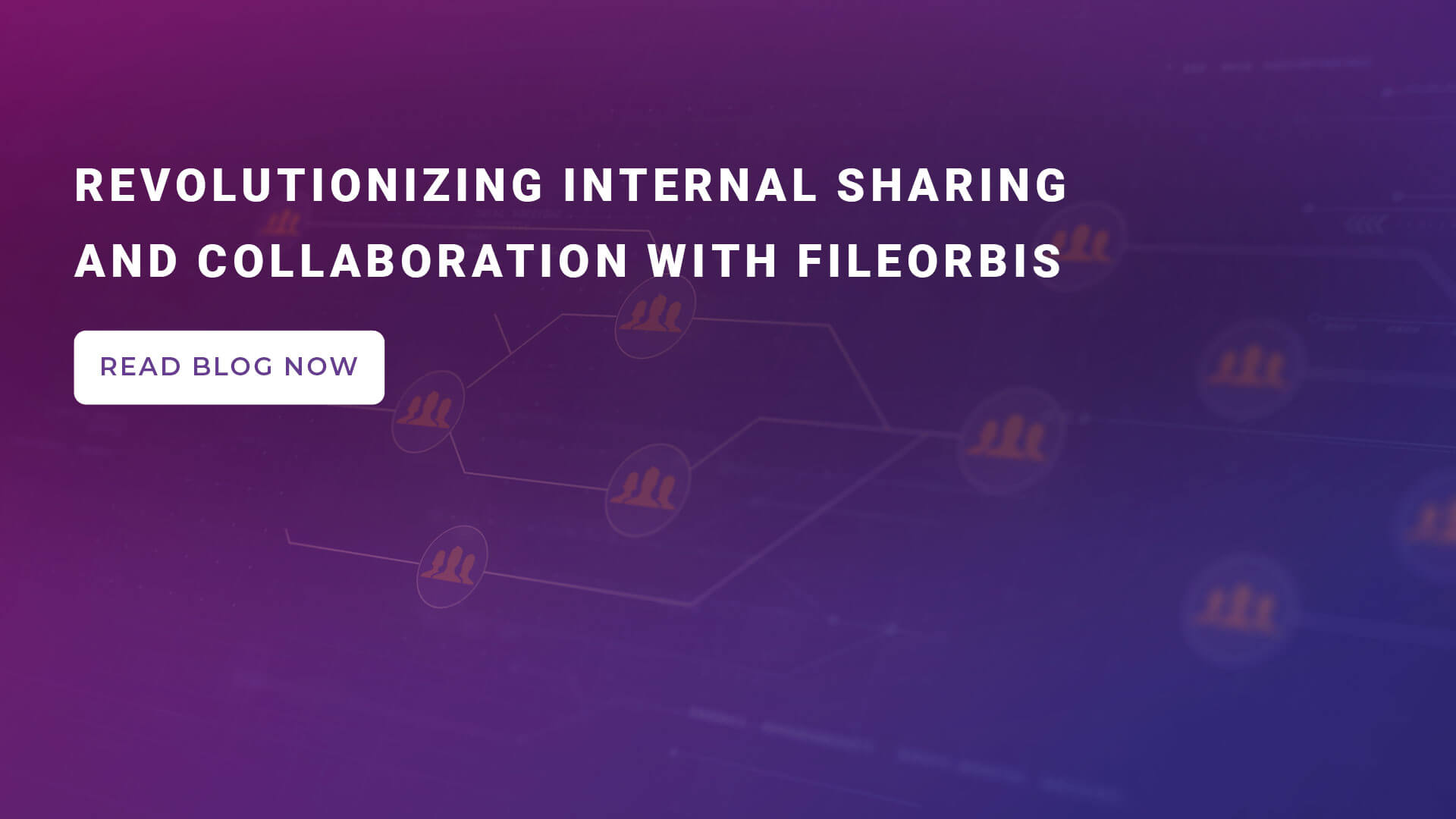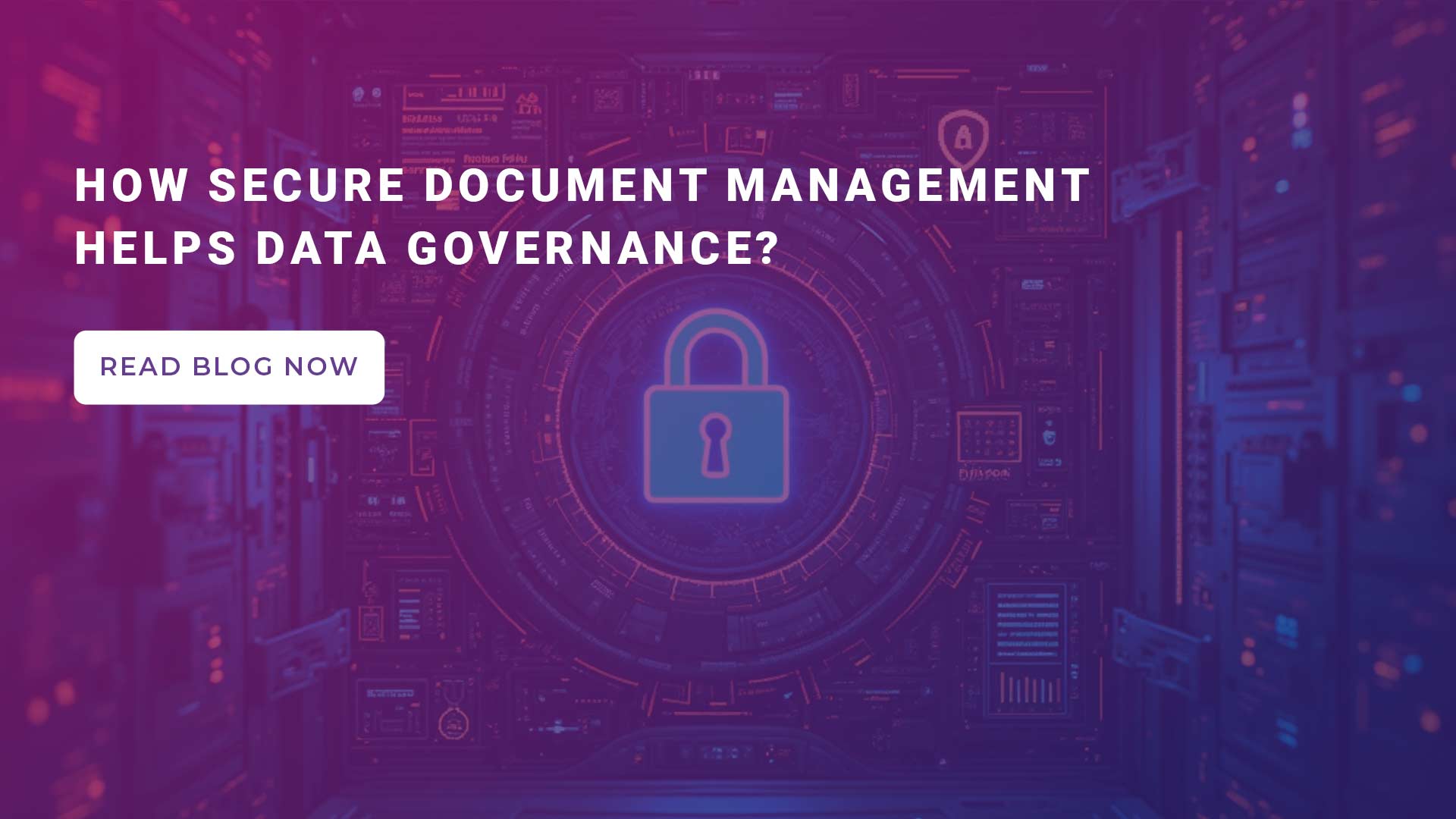
How Secure Document Management Helps Data Governance?
Secure Document Management (SDM) systems play a vital role in establishing and maintaining effective data governance within an organization. Data governance encompasses the policies, standards, processes, and controls for managing an organization’s data assets. SDM solutions provide the technological framework to enforce these governance principles, particularly for unstructured data like documents, files, and records.
Here’s how Secure Document Management, particularly with features like those found in FileOrbis, helps data governance:
Enhanced Data Security & Protection
- Governance Principle: Data must be protected against unauthorized access, corruption, or theft.
- SDM Role: SDM systems employ robust security measures like encryption (both for data at rest and in transit), preventing unauthorized access even if data is intercepted. They integrate with other security tools (like anti-malware, Data Loss Prevention – DLP) to offer layered protection.
- FileOrbis Features: FileOrbis provides advanced threat protection, integration with security tools (Anti-Malware, DLP, Sandbox), data encryption, data masking, and real-time security alerts to safeguard information.
Strict Access Control
- Governance Principle: Access to data should be based on roles and responsibilities (least privilege principle).
- SDM Role: SDM allows administrators to set granular permissions, defining who can view, edit, share, or delete specific documents or folders. Features like Role-Based Access Control (RBAC) and Multi-Factor Authentication (MFA) further secure access.
- FileOrbis Features: FileOrbis’s Access Manager offers granular, dynamic role-based access controls, MFA, and secure collaboration tools, ensuring only authorized personnel access sensitive files.
Compliance & Risk Management
- Governance Principle: Data handling must comply with legal, regulatory (like GDPR, HIPAA, CCPA), and internal policies.
- SDM Role: SDM systems facilitate compliance by providing tools for automated policy enforcement (e.g., retention schedules, access rules), comprehensive audit trails for accountability, and features to manage data subject requests (like access or deletion).
- FileOrbis Features: FileOrbis aids compliance through detailed audit trails, automated policy enforcement, data discovery tools to locate sensitive data (including PII for regulations like GDPR), specific compliance modules, and reporting capabilities. It supports creating organization-wide security protocols.
Data Quality & Lifecycle Management
- Governance Principle: Data should be accurate, consistent, and managed throughout its lifecycle (creation, storage, use, archival, deletion).
- SDM Role: SDM systems provide version control to track changes, centralized storage to prevent data silos and duplication, and tools for classifying and organizing documents, improving data accuracy and consistency. They also manage retention and disposition policies.
- FileOrbis Features: FileOrbis enables data classification and tagging, policy enforcement for retention, content analysis to ensure data quality, and secure destruction capabilities, supporting the entire data lifecycle.
Auditability & Transparency
- Governance Principle: Organizations must be able to track data access and modifications for accountability and compliance.
- SDM Role: SDM systems maintain detailed, immutable logs (audit trails) of all user activities related to documents – who accessed what, when, and what changes were made.
- FileOrbis Features: FileOrbis provides comprehensive audit trails and reporting tools across its modules (Access Manager, Security Manager, Data Governance Manager), offering transparency into data activities and supporting internal/external audits.
Centralization and Organization
- Governance Principle: Data should be managed centrally to ensure consistency and avoid fragmented data landscapes.
- SDM Role: SDM provides a central, secure repository for documents, making them easier to find, manage, and govern consistently.
- FileOrbis Features: FileOrbis acts as a consolidating platform, managing various file systems (file servers, network disks) through a single interface, enabling integrated management and access control.
In essence, a secure document management system like FileOrbis operationalizes data governance policies for documents and files. It provides the necessary controls, security measures, and visibility to ensure data is handled securely, compliantly, and effectively throughout its lifecycle, reducing risks and improving operational efficiency.
Subscribe to our Newsletter
About FileOrbis
Aiming to manage the user and file relationship within an institutional framework, FileOrbis is constantly being developed in order to meet different industry and customer needs in terms of file management and sharing. Since 2018, FileOrbis continues to be developed with the excitement of the first day. FileOrbis focuses on high security, rich integration, ease of use and integrated management criteria.

